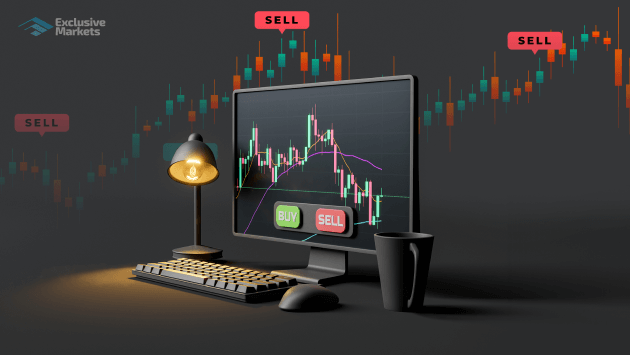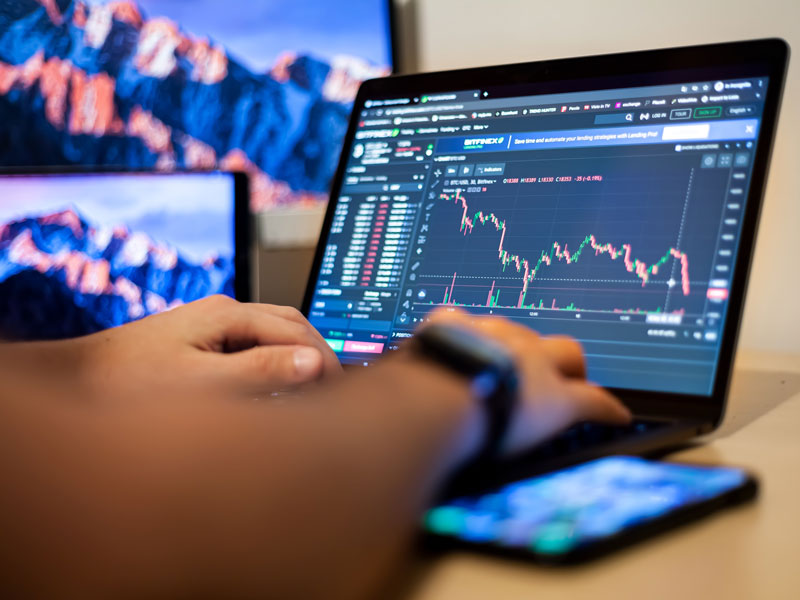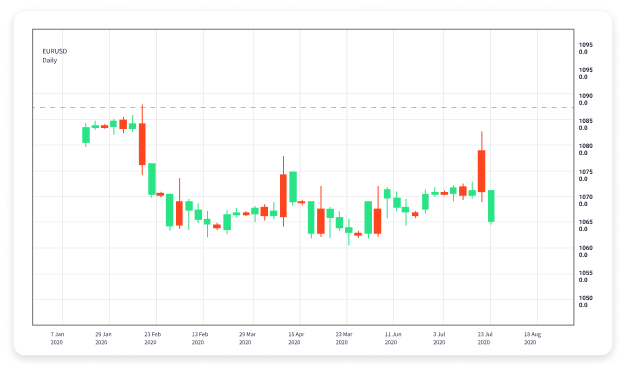
The Evolution of Forex Robot Trading
Forex robot trading, also known as algorithmic trading or automated trading, is a revolutionary approach that has transformed the dynamics of the currency trading market. By employing sophisticated algorithms to analyze market data and execute trades at lightning speeds, these bots allow traders to capitalize on price movements with minimal human intervention. As the technology behind these robots has advanced, so too have their capabilities. For beginners and seasoned traders alike, understanding how these systems operate is essential for navigating the modern trading landscape. In this article, we will explore the advantages, risks, and future trends of Forex robot trading. Additionally, readers can find more information on the forex robot trading Best International Brokers for their trading needs.
What is Forex Robot Trading?
Forex robot trading involves the use of software programs—known as trading robots or Expert Advisors (EAs)—that execute trades automatically based on predefined criteria. These criteria can include technical indicators, price patterns, and other market signals. The primary goal of a trading robot is to maximize profits while minimizing the emotional stress and fatigue that can affect human traders. As long as the parameters are set correctly, a robot can assess the market continuously, allowing it to make trades at optimal times.
Advantages of Forex Robot Trading
There are several significant advantages associated with using Forex robots:

- Emotionless Trading: One of the biggest challenges for traders is managing their emotions. Forex robots make decisions based on data, devoid of human emotions such as fear or greed.
- Speed and Efficiency: Robots can analyze vast amounts of data and execute trades within milliseconds, far quicker than a human can.
- 24/7 Trading: Forex markets are open 24 hours a day. Robots can operate around the clock, even when the trader is sleeping.
- Backtesting: Traders can use historical data to backtest strategies and refine them before applying them in live markets.
- Diversification: Forex robots can trade multiple currency pairs simultaneously without compromising the quality of each trade.
Risks Associated with Forex Robot Trading
While there are many benefits to using forex robots, it is vital to understand the associated risks:
- Technical Failures: Like any software, trading robots can experience bugs or connectivity issues that may lead to unintended consequences.
- Over-Optimization: Many traders fall into the trap of over-optimizing their robots for past data, resulting in models that may not perform well in live environments.
- Market Conditions: Forex markets are influenced by numerous factors, and a robot that performs well in one market condition may not necessarily do so in another.
- Dependency on Technology: Relying solely on a trading robot can lead to complacency; traders should remain vigilant and informed about market conditions.
Choosing the Right Forex Robot
Selecting the right Forex robot for your trading strategy is crucial. Here are some factors to consider:

- Performance History: Look for robots with a proven track record over a range of market conditions. Backtesting results can provide useful insights but should be approached with skepticism.
- Reputation: Research reviews and ratings from other traders to get a sense of the robot's reliability and effectiveness.
- Customization: Choose a robot that allows you to customize settings and strategies according to your trading style and risk tolerance.
- Support and Updates: Ensure that the provider offers regular updates and reliable customer support, as market conditions can change rapidly.
The Future of Forex Robot Trading
As technology continues to evolve, the future of Forex robot trading looks promising. Here are some trends that may shape the industry:
- Artificial Intelligence: The integration of AI and machine learning will allow Forex robots to adapt to changing market conditions, leading to potentially more profitable strategies.
- Cloud Computing: With the increased use of cloud-based platforms, traders will have access to more powerful computational resources, improving the performance of their robots.
- Community and Social Trading: Platforms that allow traders to share experiences and strategies will likely gain traction, resulting in collaborative advancements in robot trading strategies.
- Regulation: As automated trading becomes more widespread, regulatory bodies may introduce new rules to ensure transparency and protect investors.
Conclusion
Forex robot trading represents a significant advancement in the trading arena, offering a range of benefits and challenges. By leveraging technology, traders have the potential to enhance their trading strategies, reduce emotional influences, and execute trades with greater efficiency. However, it is crucial to approach robot trading with a clear understanding of its risks and to continually educate oneself about market trends and developments. As the field evolves, staying informed and adaptable will be key to making the most of automated trading systems.

